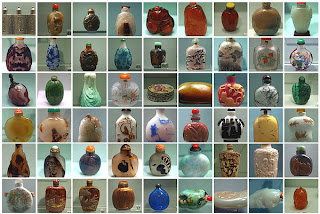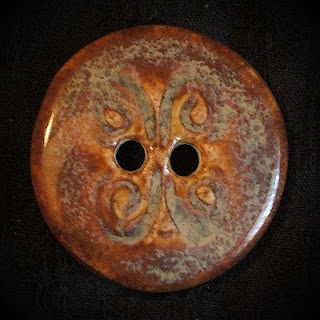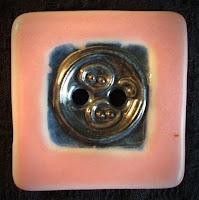 As you can see in the image Mingqi Ge allowed me to use (for a closer view, his Flickr set is linked ), they are made of every substance imaginable, many of glass or natural stone, and the light responds differently to each one. One of the most important things I learned from them, with regard to designing small spaces, is the importance of translucency--the depth to which light penetrates a design's material.
As you can see in the image Mingqi Ge allowed me to use (for a closer view, his Flickr set is linked ), they are made of every substance imaginable, many of glass or natural stone, and the light responds differently to each one. One of the most important things I learned from them, with regard to designing small spaces, is the importance of translucency--the depth to which light penetrates a design's material.Although there are points in between, light either passes all the way through, bounces directly off the surface, or is reflected from some point below the surface. Each of these variations produces a different effect. (Some of the snuff bottles combine differing translucencies, in order to create a sense of depth of background for a design on the foreground.)
Just as lighting can be used to create mood in a room, translucency can be tuned to create a mood for your design. Orange candies are a good example. A sparkling, clear hard candy has a clean fresh connotation.
 One with the same surface but a cream filling creates a sense of mystery and promise.
One with the same surface but a cream filling creates a sense of mystery and promise. However, an orange gumball is forthright, or even comedic, in its bold simplicity and lack of "depth."
However, an orange gumball is forthright, or even comedic, in its bold simplicity and lack of "depth." Glaze and clay combinations hold the same potential. A clear glaze merges with translucent porcelain into a glass-like surface that glows with elegance. The same bead or pendant rendered in white stoneware with a semi-opaque glaze is more sedate, with an inner glow. While the first can be cold, the second is often warm. The same bead rendered in an opaque glaze will speak more loudly of the bead's design (or lack thereof!) and of your choice of color.
Glaze and clay combinations hold the same potential. A clear glaze merges with translucent porcelain into a glass-like surface that glows with elegance. The same bead or pendant rendered in white stoneware with a semi-opaque glaze is more sedate, with an inner glow. While the first can be cold, the second is often warm. The same bead rendered in an opaque glaze will speak more loudly of the bead's design (or lack thereof!) and of your choice of color.Try a glaze of the same color, but different translucency, on one of your standard bead or pendant designs--you may see an entirely new piece of work emerge, as you observe it in a different light!

Love those tiny snuff bottles. Wonderful colors on the beads. Great post Victoria.
ReplyDelete